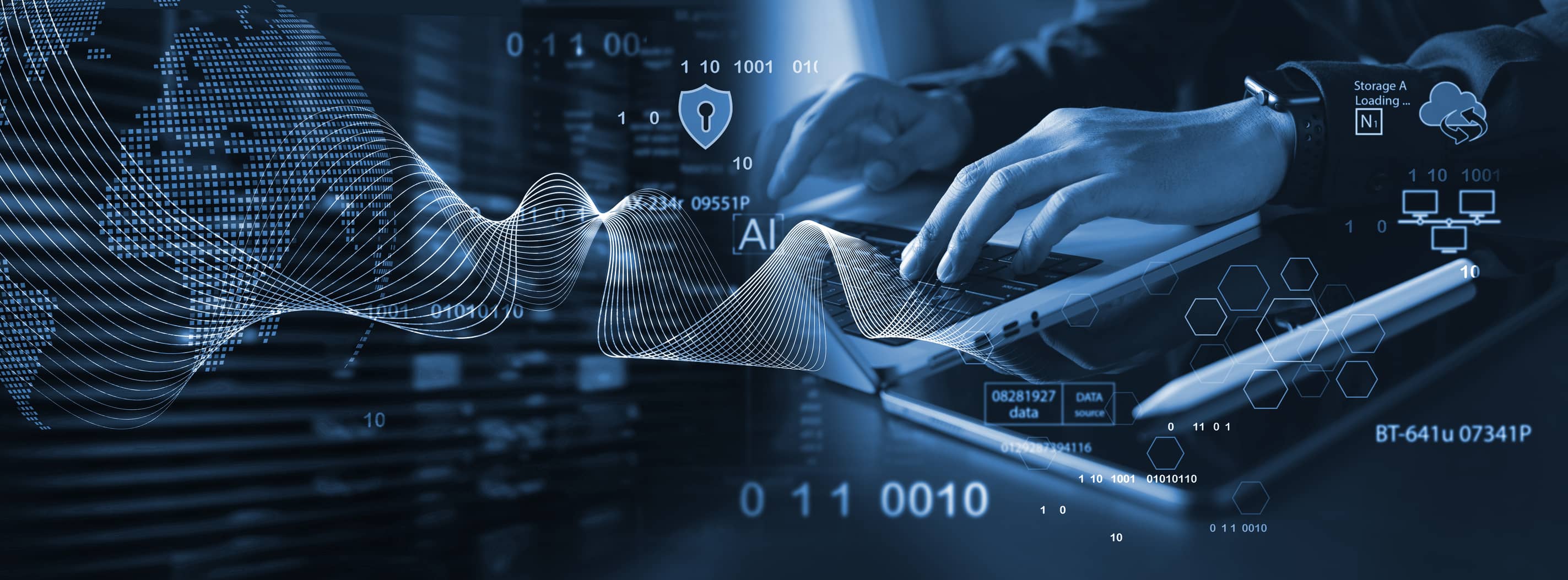
Emerging Cybersecurity Threats That Could Impact Your Business
As we approach the end of 2025, the cybersecurity landscape continues to grow in complexity. For IT leaders and decision-makers, staying on top of rising threats is critical to protecting sensitive data, maintaining customer trust, and ensuring business continuity.
We’ve compiled the top risks organizations should prioritize this year and continue to monitor in the years ahead as cyber threats become more sophisticated:
1. AI-Fueled Threats
The use of artificial intelligence (AI) to automate attacks and create highly targeted malware has soared among cybercriminals. These AI-driven threats can adapt in real time, making traditional defenses less effective. Organizations should implement proactive, AI-enhanced monitoring solutions to detect and respond to evolving threats.
2. Ransomware Targeting Critical Infrastructure
Critical infrastructure is in the crosshairs of ransomware attacks, with the intention of causing absolute chaos rather than just financial loss. Recent incidents, such as the Collins Aerospace attack that disrupted European airport operations, highlight the operational and reputational risks. IT and security teams should maintain tested incident response plans, business continuity strategies, and offline backups.
3. Credential Theft and Exploitation
The theft of user credentials remains a leading method for unauthorized access. In 2025, billions of credentials have already been compromised globally. Organizations should enforce multi-factor authentication, strong password policies, and continuous access monitoring to prevent cascading breaches.
4. SaaS Platform Vulnerabilities
As cloud and SaaS adoption grows, attackers are increasingly targeting these platforms with ransomware and other exploits. IT teams should prioritize vendor security assessments, implement strict access controls, and actively monitor application activity to reduce risk across interconnected systems.
5. Geopolitical and Nation-State Threats
Global political dynamics continue to drive cybersecurity threats. Nation-state actors are increasingly targeting organizations for espionage and disruption, with groups like Nimbus Manticore focusing on critical infrastructure in Europe and the Middle East. Organizations should integrate geopolitical risk awareness into security strategies and maintain intelligence on relevant threats.
6. Executive Targeting and Misinformation
Executives and other key personnel are prime targets for cyber threats, often through misinformation or social engineering campaigns. Threats against corporate leadership are rising, particularly in technology sectors. Companies should implement executive-focused security measures as part of broader risk management strategies, including digital hygiene, monitoring, and training.
Stay Ahead of Cyber Risks with Clark Schaefer Consulting
Protecting your organization requires a proactive, strategic approach to cybersecurity. Clark Schaefer Consulting helps organizations assess risk, strengthen defenses, and implement tailored solutions to protect operations and data. Contact us today to discuss how we can help your business stay secure and resilient.






